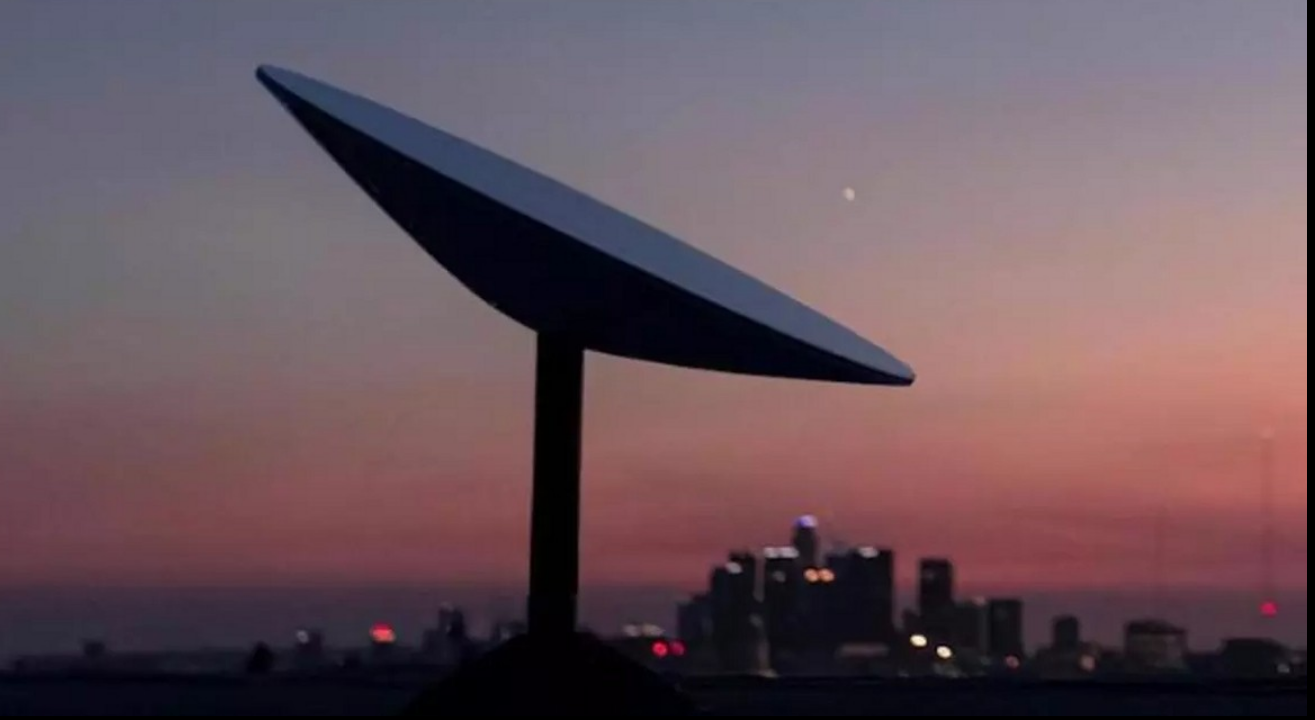SpaceX started collecting pre-orders for the Starlink internet in February this year and already has an important milestone of 500,000 customers.
It is worth emphasizing that it is not a cheap pleasure and, for example, in our country, we have to pay $499 for the required equipment (plus delivery costs of about $50), and the monthly subscription costs $99.
And although the company's representative assures that prices will fall along with the popularization of the service, at the moment Starlink is a solution probably only for people who do not have Internet access from classic operators.
SpaceX operations engineer Siva Bharadvaj revealed these results in a webcast for the 26th Starlink mission, which puts another 60 satellites in orbit, so we are already talking about over 1,500 in total. This means that Starlink is currently the largest satellite constellation in the world.
and over time it will only grow in strength, because by 2027, as many as 12,000 satellites from SpaceX are to be in orbit by 2027.

On this occasion, we could also count on the traditional Twitter post by Elon Musk, although this time without any meme in which the company's CEO presented the challenges facing the bright future of the system.
According to Elon Musk, Starlink will encounter only one technical difficulty during its growth, which will result from the high density of users in cities: - Our only limitation is the high density of users in urban areas.
Most likely, the entire initial 500,000 orders will receive the requested service.
Serving several million users will be a greater challenge - we read.
The only question is whether there is anything to worry about, because in urban areas there is no shortage of competitive services at much lower prices, and not requiring expensive starting devices.
The future of Starlink is rather areas that have not yet been reached by any traditional operator, but interestingly, it will also have a rival here, because Amazon is also preparing its satellite internet.
In the asian countries it will always face the challenge as the density of population is always on the higher side in their cities. It would be interesting to see how Starlink deals with the same